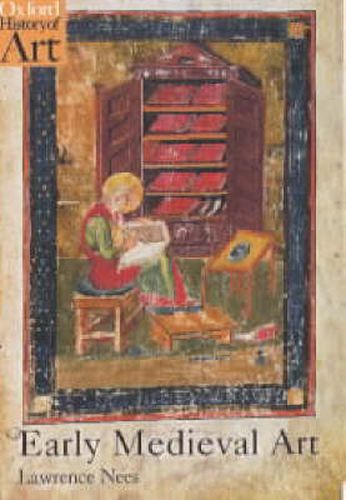Readings Newsletter
Become a Readings Member to make your shopping experience even easier.
Sign in or sign up for free!
You’re not far away from qualifying for FREE standard shipping within Australia
You’ve qualified for FREE standard shipping within Australia
The cart is loading…






The first millennium saw a rich and distinctive artistic tradition form in Europe. While books had long been central to the Christian religious tradition, education, and culture, they now became an important artistic medium, sometimes decorated with brilliant colours and precious metals.Lawrence Nees explores issues of artist patronage, craftsmanship, holy men and women, monasteries, secular courts, and the expressive and educational roles of artistic creation. He discusses early Christian art within the late Roman tradition, and the arts of the newly established kingdoms of northern Europe not as opposites, but as different aspects of a larger historical situation. This approach reveals the onset of an exciting new visual relationship between the church and the populace throughout medieval Europe, restoring a previously marginalized subject to a central status in our artistic and cultural heritage.
$9.00 standard shipping within Australia
FREE standard shipping within Australia for orders over $100.00
Express & International shipping calculated at checkout
The first millennium saw a rich and distinctive artistic tradition form in Europe. While books had long been central to the Christian religious tradition, education, and culture, they now became an important artistic medium, sometimes decorated with brilliant colours and precious metals.Lawrence Nees explores issues of artist patronage, craftsmanship, holy men and women, monasteries, secular courts, and the expressive and educational roles of artistic creation. He discusses early Christian art within the late Roman tradition, and the arts of the newly established kingdoms of northern Europe not as opposites, but as different aspects of a larger historical situation. This approach reveals the onset of an exciting new visual relationship between the church and the populace throughout medieval Europe, restoring a previously marginalized subject to a central status in our artistic and cultural heritage.